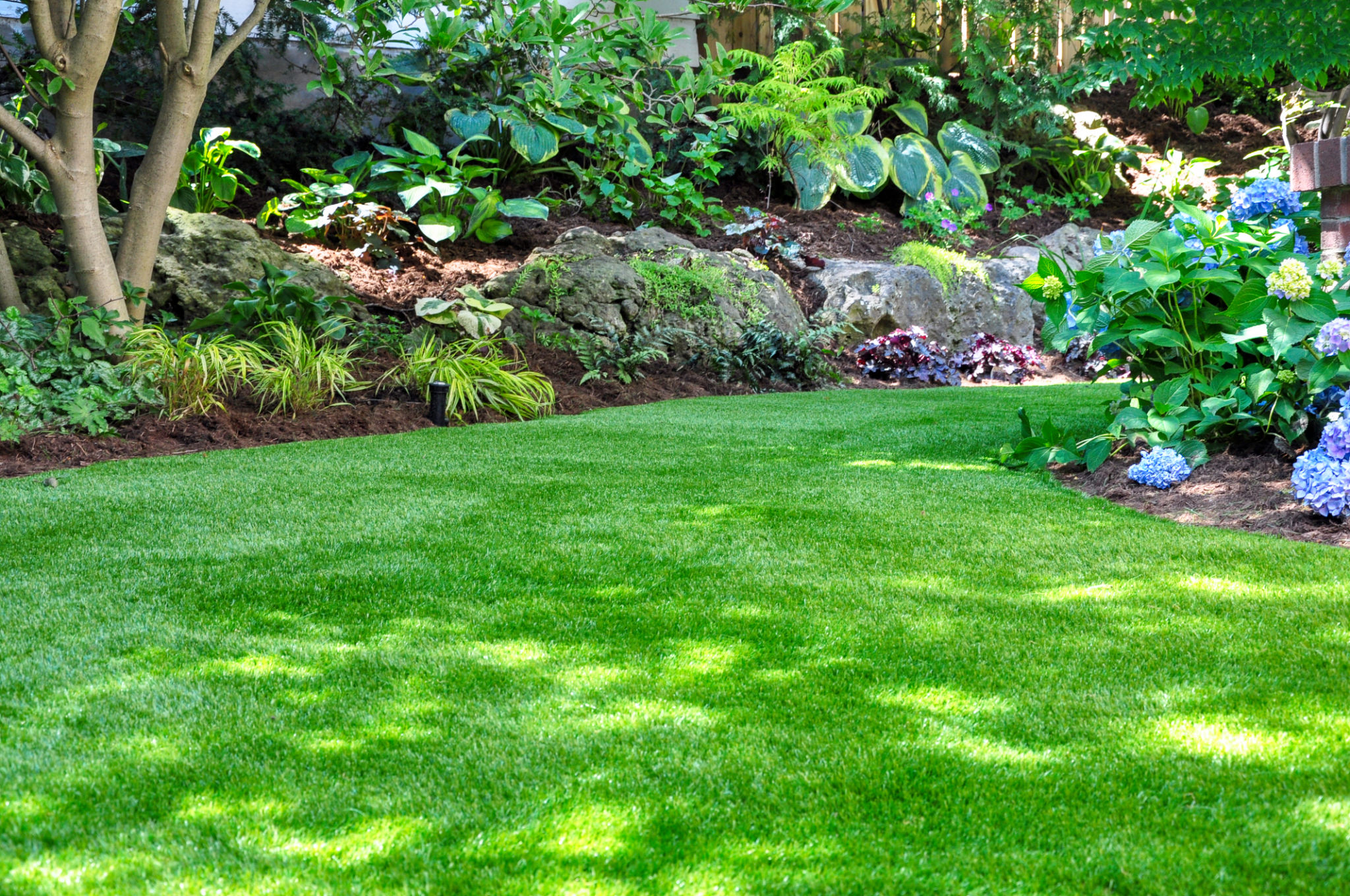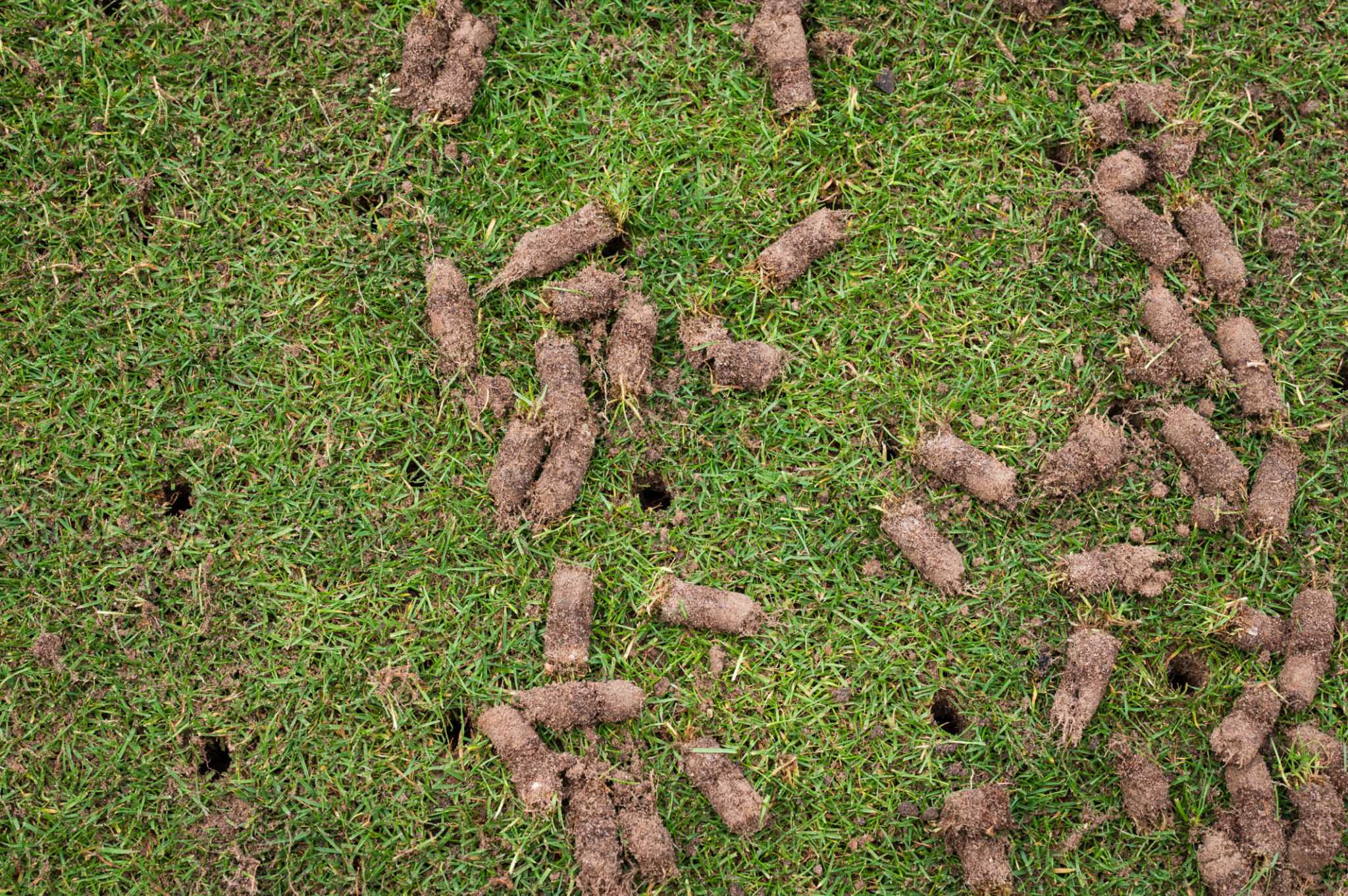DIY Lawn Care: Essential Tips for a Lush Green Lawn
Understanding Your Lawn
Before diving into the DIY aspects of lawn care, it’s crucial to understand the basics of your lawn. Different grass types have varied needs, and knowing what kind of grass you have will guide your maintenance approach. For instance, cool-season grasses like fescue and bluegrass thrive in cooler climates, while warm-season grasses like Bermuda and zoysia are better suited for warmer areas.

Perform a soil test to determine your lawn's pH level and nutrient content. This will help you decide if your soil needs amendments such as lime or fertilizer. A balanced soil provides the foundation for a healthy lawn, ensuring that nutrients are available for grass growth.
Proper Mowing Techniques
Mowing is more than just cutting the grass; it’s about maintaining the health and appearance of your lawn. The rule of thumb is to never cut more than one-third of the grass blade in a single mowing session. This prevents stress on the grass and promotes deeper root growth.
Sharpen your mower blades regularly to ensure a clean cut. Dull blades can tear the grass, leaving it vulnerable to disease and pests. Additionally, vary your mowing patterns to prevent soil compaction and turf wear.

Watering Wisely
Watering is essential for a lush green lawn, but it must be done correctly. Early morning is the best time to water your lawn, as it reduces evaporation and allows the grass to dry before nightfall, minimizing disease risk. Aim for about one inch of water per week, including rainfall.
Overwatering can be as harmful as under-watering. It leads to shallow root growth and increases the likelihood of fungal diseases. Use a rain gauge or moisture sensor to manage water levels effectively.
Fertilizing for Health
A well-fed lawn is a healthy lawn. Fertilizing provides essential nutrients that grass needs to grow strong and vibrant. Choose a fertilizer that matches your grass type and climate conditions—many options are available, from organic to synthetic blends.

Generally, fertilizing in the spring and fall is most beneficial for cool-season grasses, while warm-season grasses benefit from summer applications. Always follow the manufacturer’s instructions to avoid over-fertilization, which can damage your lawn.
Tackling Weeds
Weeds compete with grass for nutrients and water, so controlling them is vital for maintaining a lush lawn. Hand-pulling is effective for small infestations, while herbicides may be necessary for larger problems. Choose a product that targets your specific weed issue without harming your grass.
Preventive measures such as maintaining healthy soil, proper mowing, and fertilization can reduce weed invasions. A dense lawn naturally suppresses weed growth by limiting the space available for them to establish.
Aeration and Overseeding
Aeration involves perforating the soil with small holes to alleviate compaction and enhance water, nutrient, and air penetration. This process is typically done in the fall or spring when the grass is actively growing. Renting an aerator is a cost-effective option for DIY enthusiasts.

Overseeding, or spreading new grass seed over existing turf, helps fill in bare spots and improve lawn density. Choose seeds that match your existing grass type to create a uniform appearance. Combined with aeration, overseeding can rejuvenate a tired lawn.